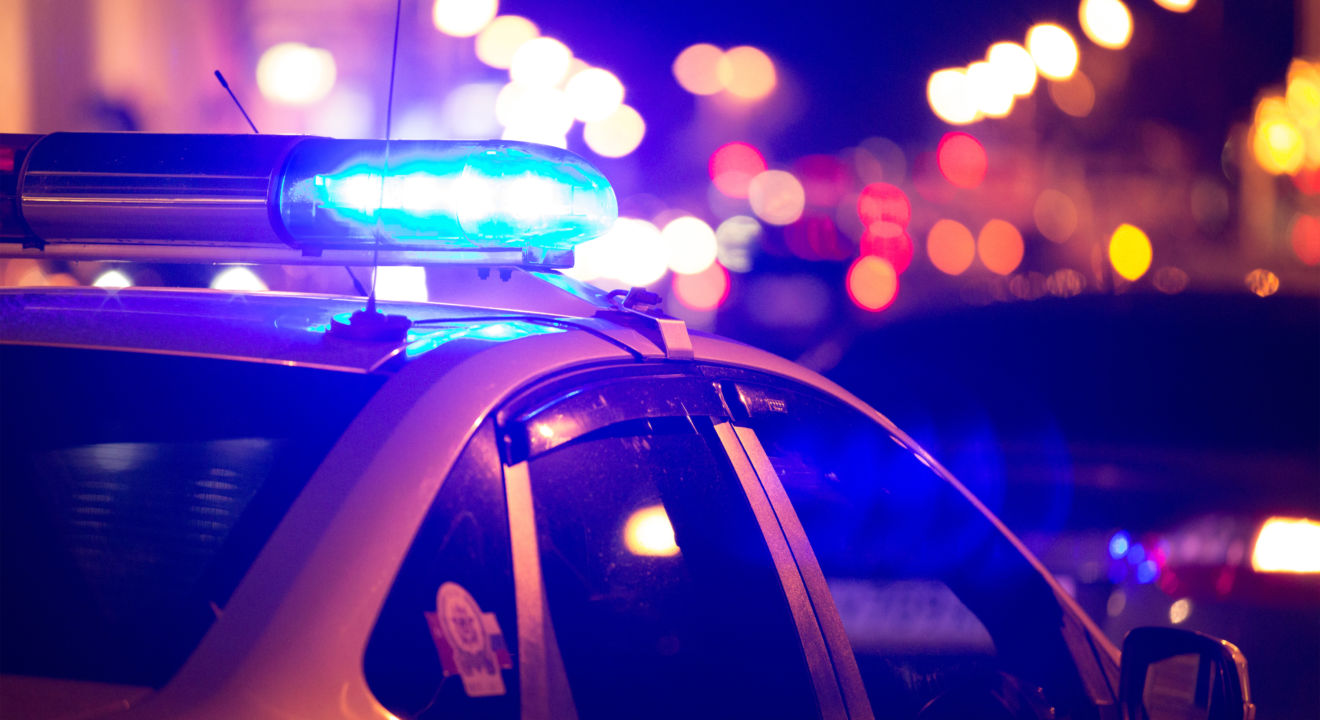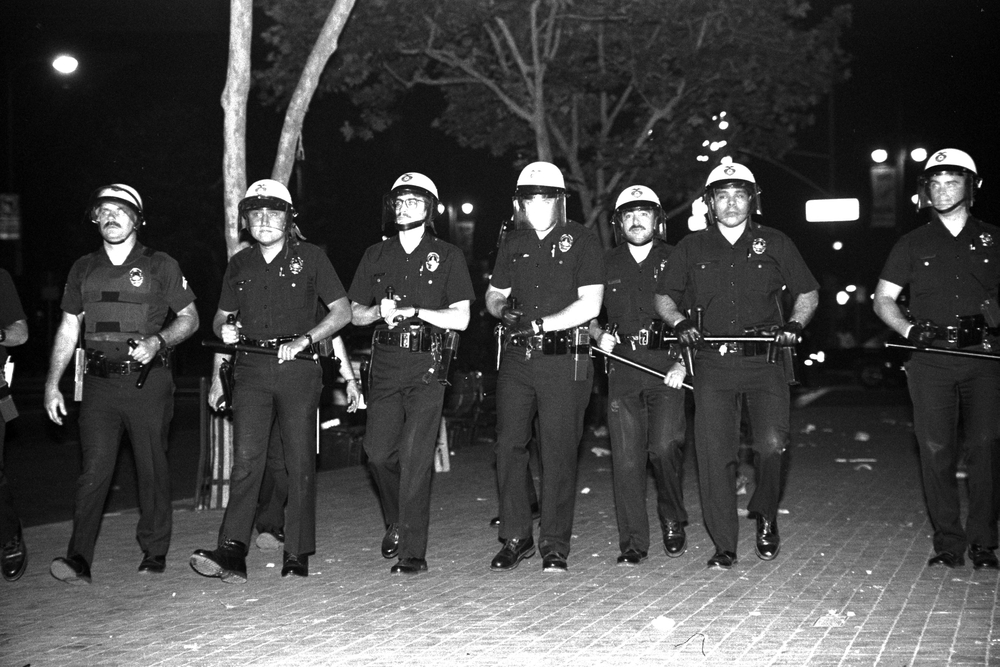Politics June 11, 2017
Are police-involved incidents encouraging racist civilians?


Police officers and brutality have been a topic of conversation for as long as there have been police. The instances can be followed by instances of civilians targeting other civilians in racially-motivated attacks.
The question is: Are these violent civilians emboldened by people in positions of authority harming individuals with minimal repercussions?
In the 1990s, Los Angeles was on fire, both literally and figuratively. Racial tensions came to a head with the March 3, 1991, beating of Rodney King.
On March 16,1991, 15-year-old Latasha Harlins walked into a store to buy a bottle of orange juice. With the $2 in her hand to pay at the counter, she put the orange juice in her backpack. The store owner, Soon Ja Du, accused her of stealing and grabbed Harlins’ shirt. Harlins punched Du, pushed her off and began to walk away, tossing the orange juice on the counter. At which point, “Du picked up a .38 caliber handgun and fired a shot into the back of the girl’s head, killing her instantly.”
Soon Ja Du was acquitted. The police officers in the King case were as well. The LA Uprisings shut down much of the city.

LOS ANGELES, CA – APRIL 29: LAPD officers in riot gear advance along the south lawn of City Hall in Downtown LA during night one of the Rodney King Riots on April 29 1992 in Los Angeles, CA. via Shutterstock
It seems like there’s always another negative police/civilian interaction. Last Sunday in New Jersey, Miguel Feliz appeared to take a beating. He’d just escaped a fiery car accident with a man fleeing the cops.
The police department says they were trying to extinguish the flames. But Erik Roberto made a civilian video, and he told CNN that he doesn’t buy that story.
Then last Tuesday, William Boucher became violent in a Chicago Starbucks. He hurled racial slurs at people and spat on two individuals. The video shows him yelling, “Shut up, slave!” Later, the 23-year-old man punched a 59-year-old man. An employee mentioned that he had been disrespectful before. However, this was the first time he became violent.
May 18, 2017, police officer Betty Shelby was acquitted in the shooting death of unarmed Terrence Crutcher. This occurred in Tulsa, Oklahoma.
May 20, 2017, Sean Urbanski stabbed Second Lieutenant Richard Collins III to death. Collins was set to graduate days later. He was African American. Urbanski was a member of an Alt-Reich Facebook group.
Then May 26, 2017, Jeremy Joseph Christian murdered two men and severely injured a third. He was harassing two African American teenager girls. One of the girls was wearing a hijab. Three brave bystanders, Ricky Best, Taliesin Myrddin Namkai-Meche and Michah Fletcher stepped in. Christian stabbed all three men in the neck but only Fletcher survived the attack.
Christian continues to have outbursts in court.
These instances may seem farther apart than Harlins’ and King’s. And it’s possible that they’re not connected. However, considering the way news is spread, these instances could easily be seen as pouring of gas on embers. One preceding another.
But police officers are meant to be examples to the community, local and national alike. A police involved incident can serve as some kind of twisted inspiration. And people like Boucher, Christian or Urbanski may see it as a license to kill.